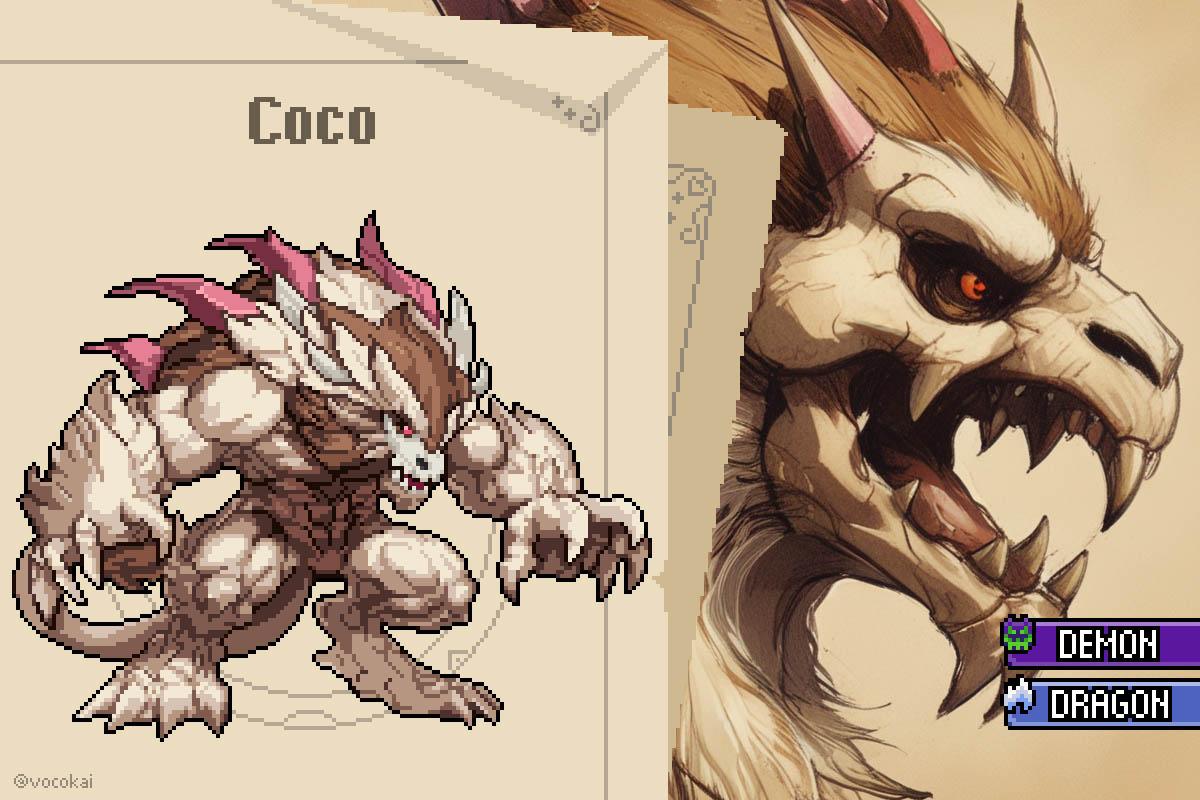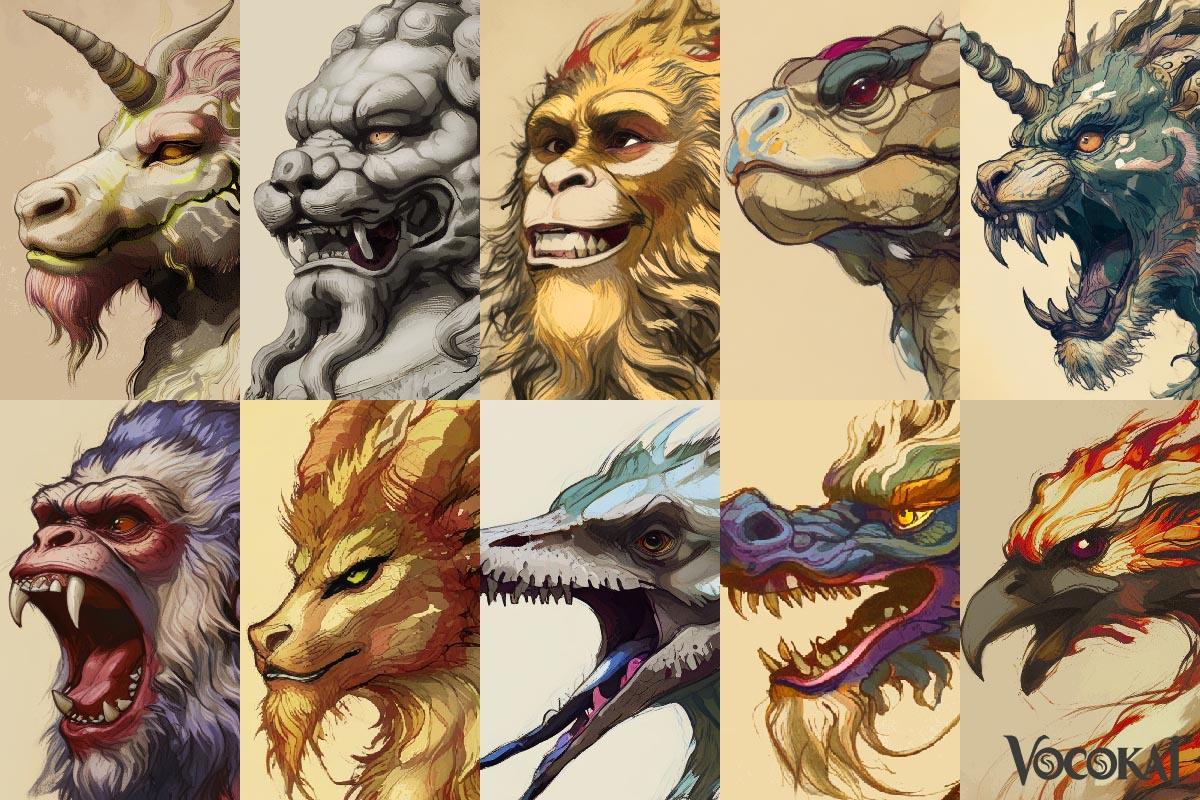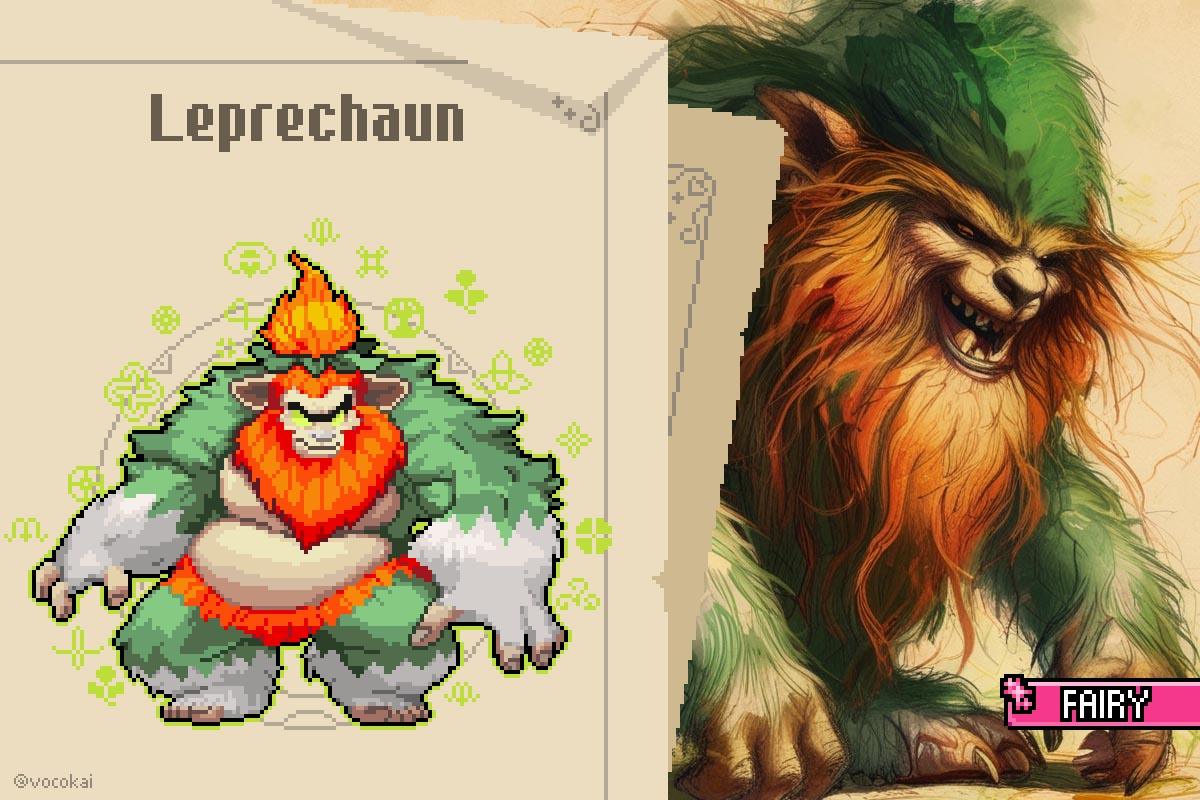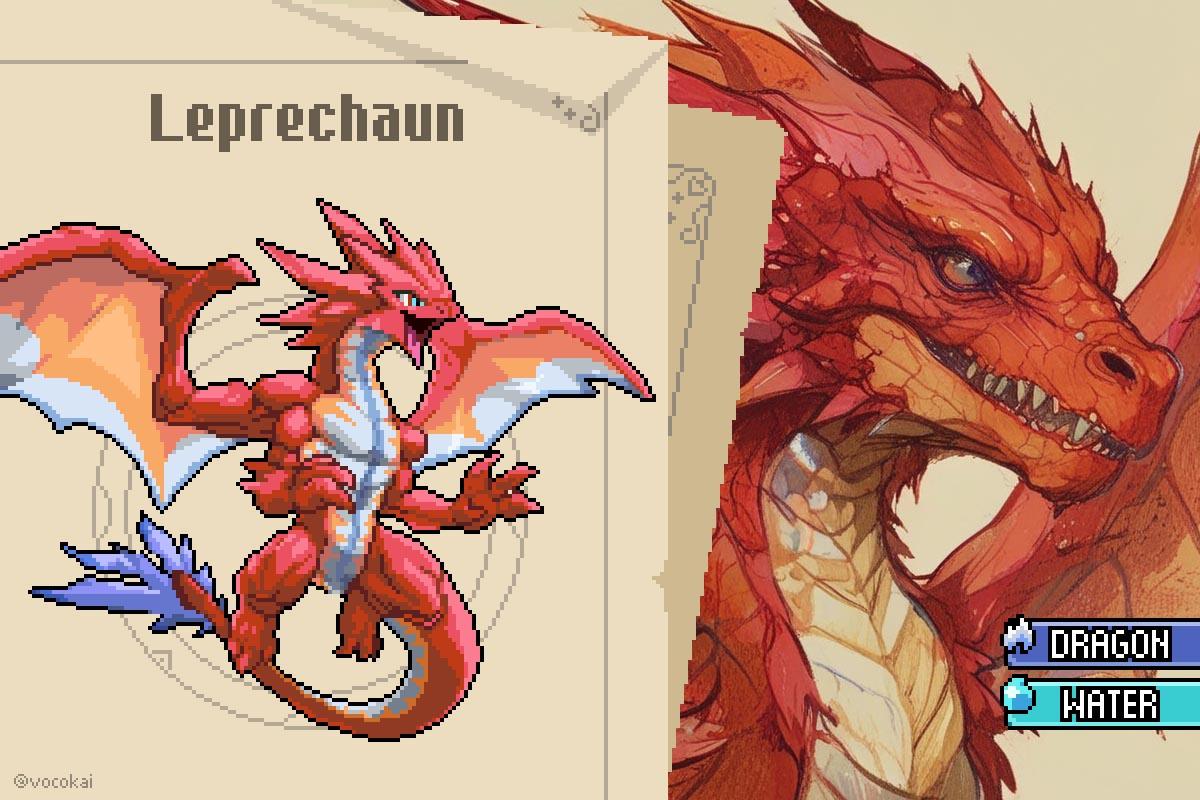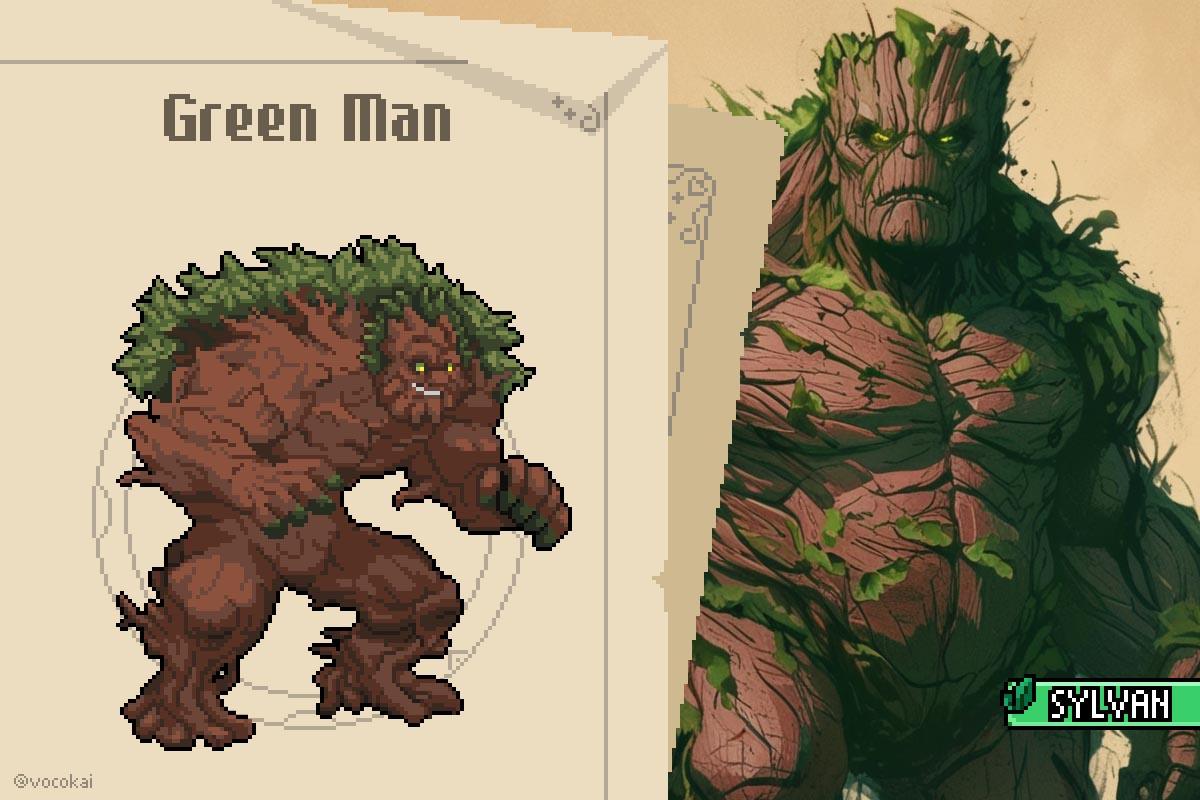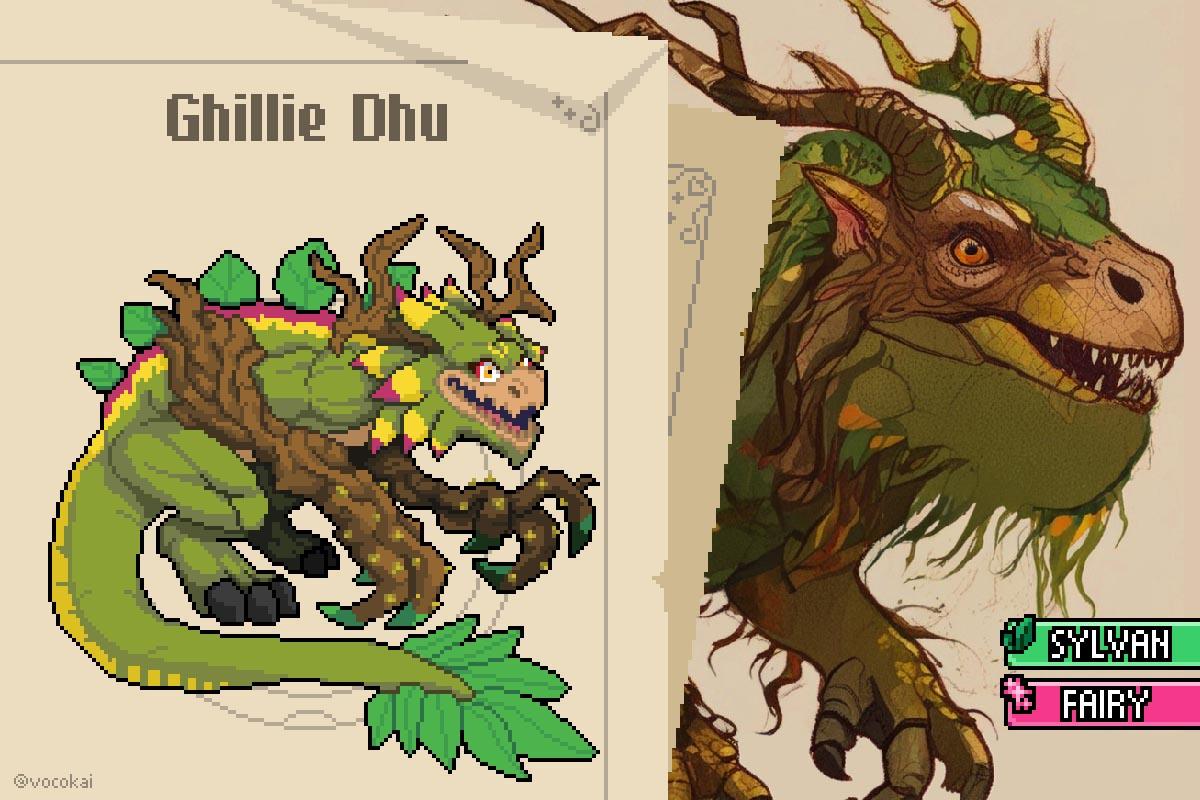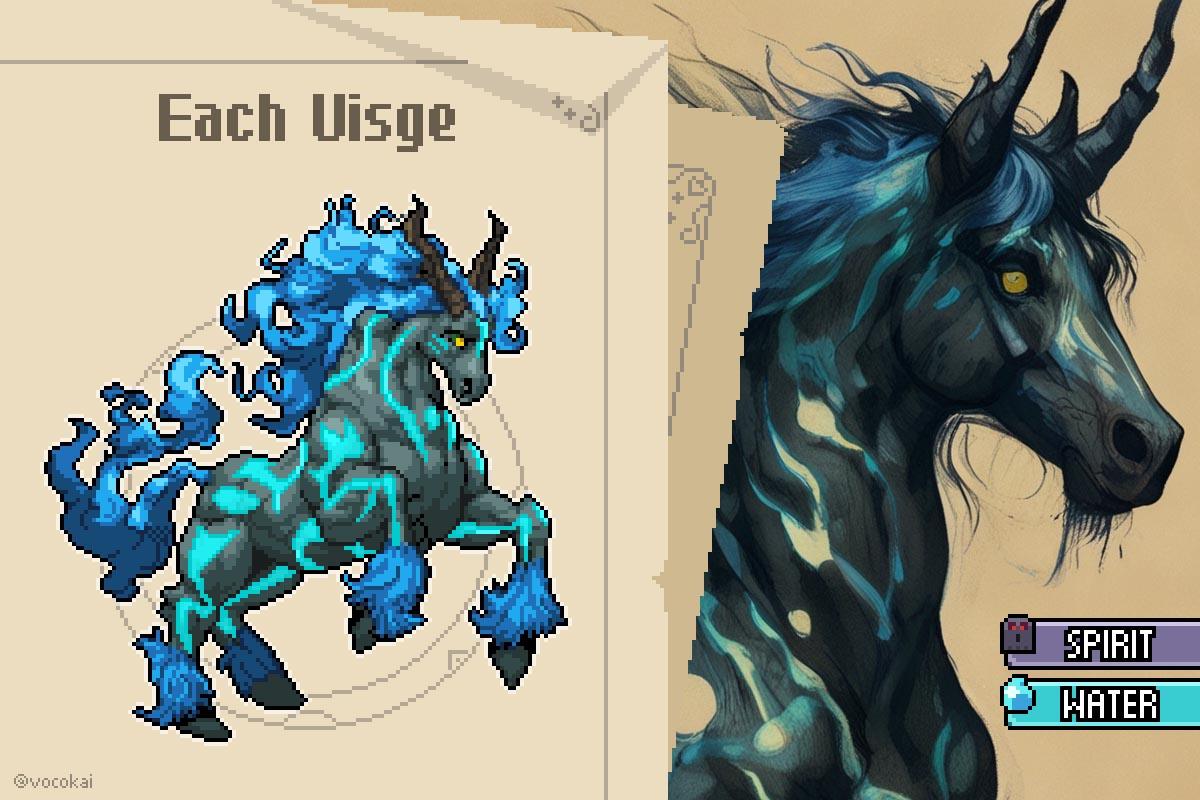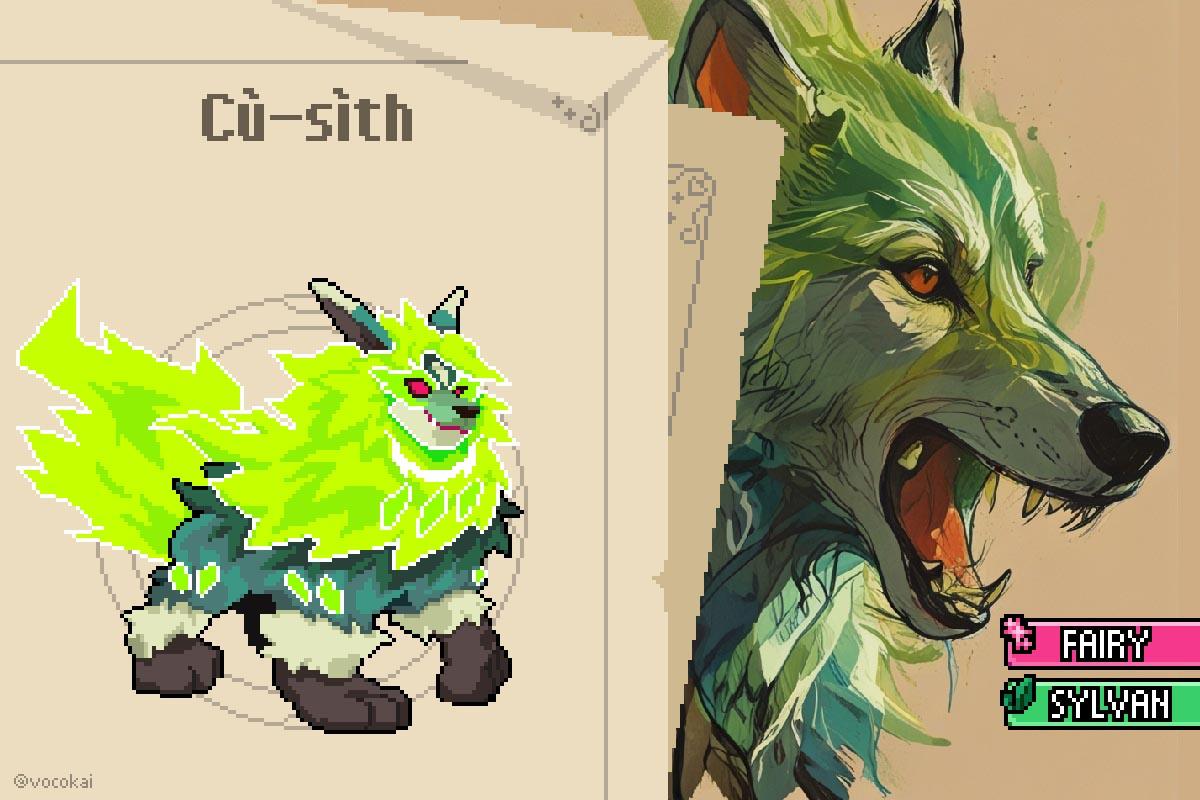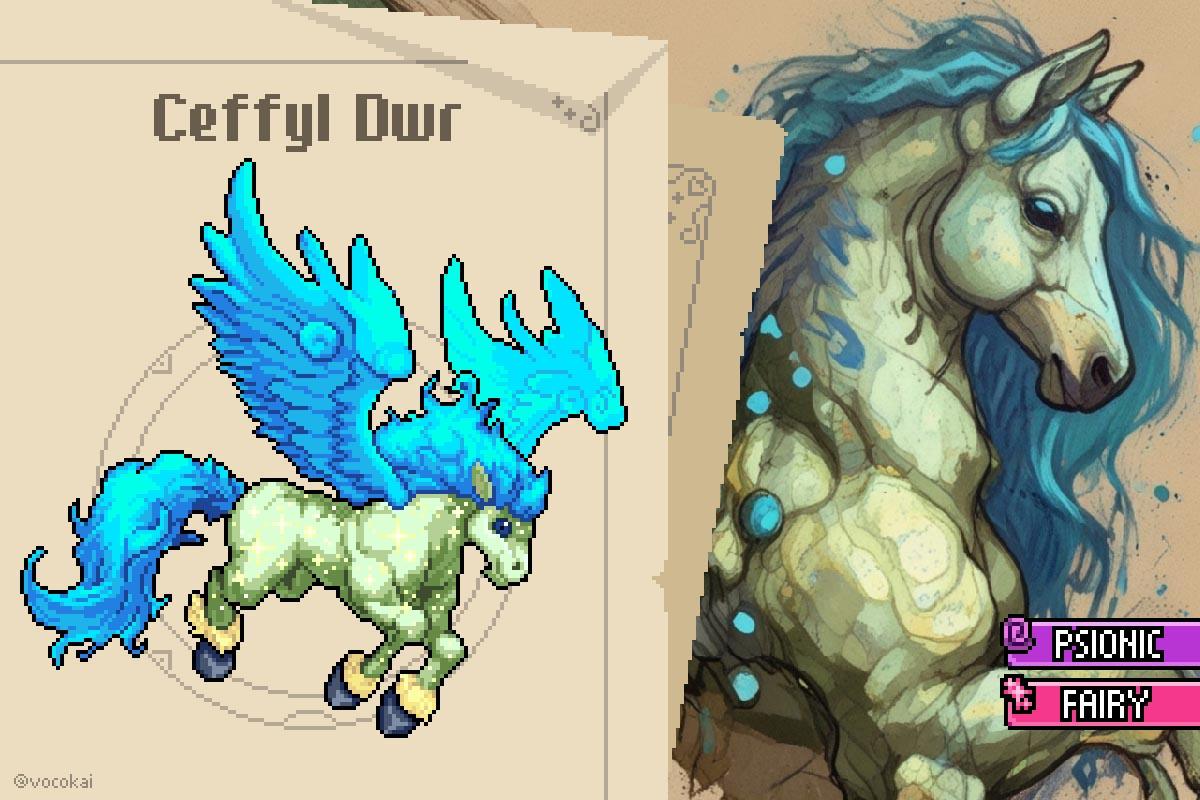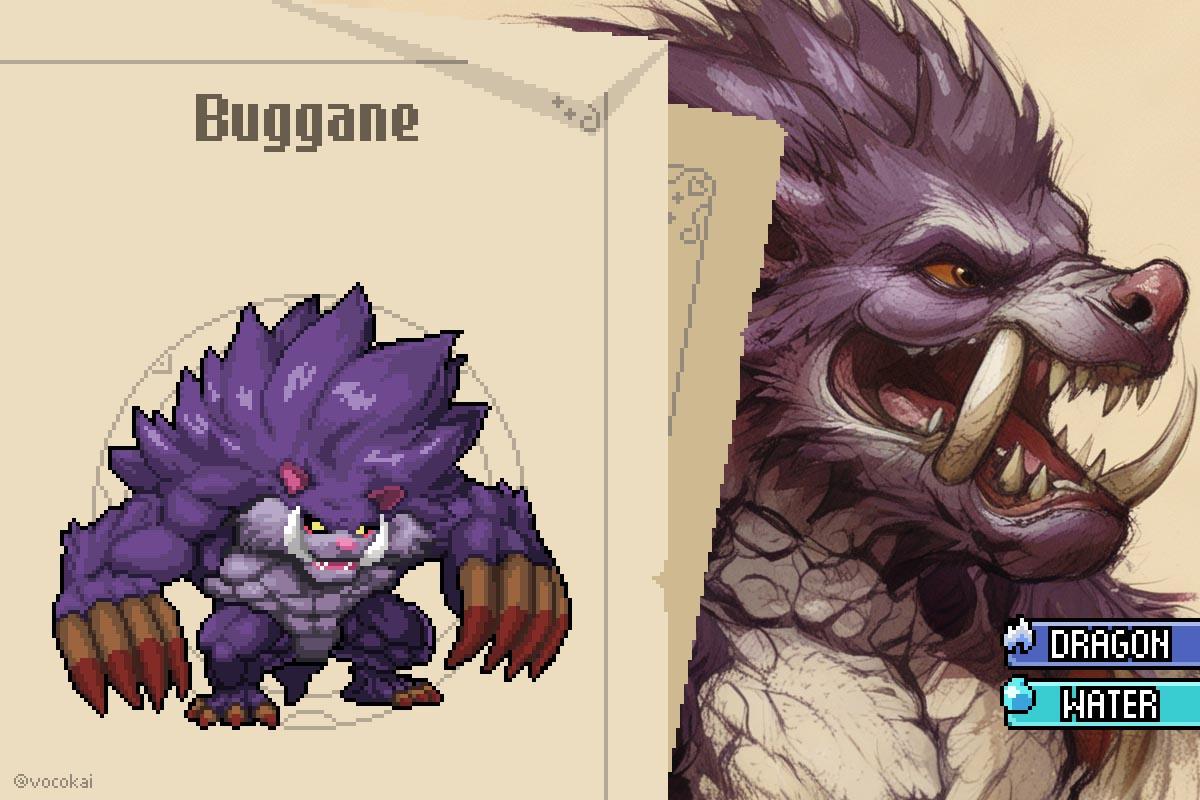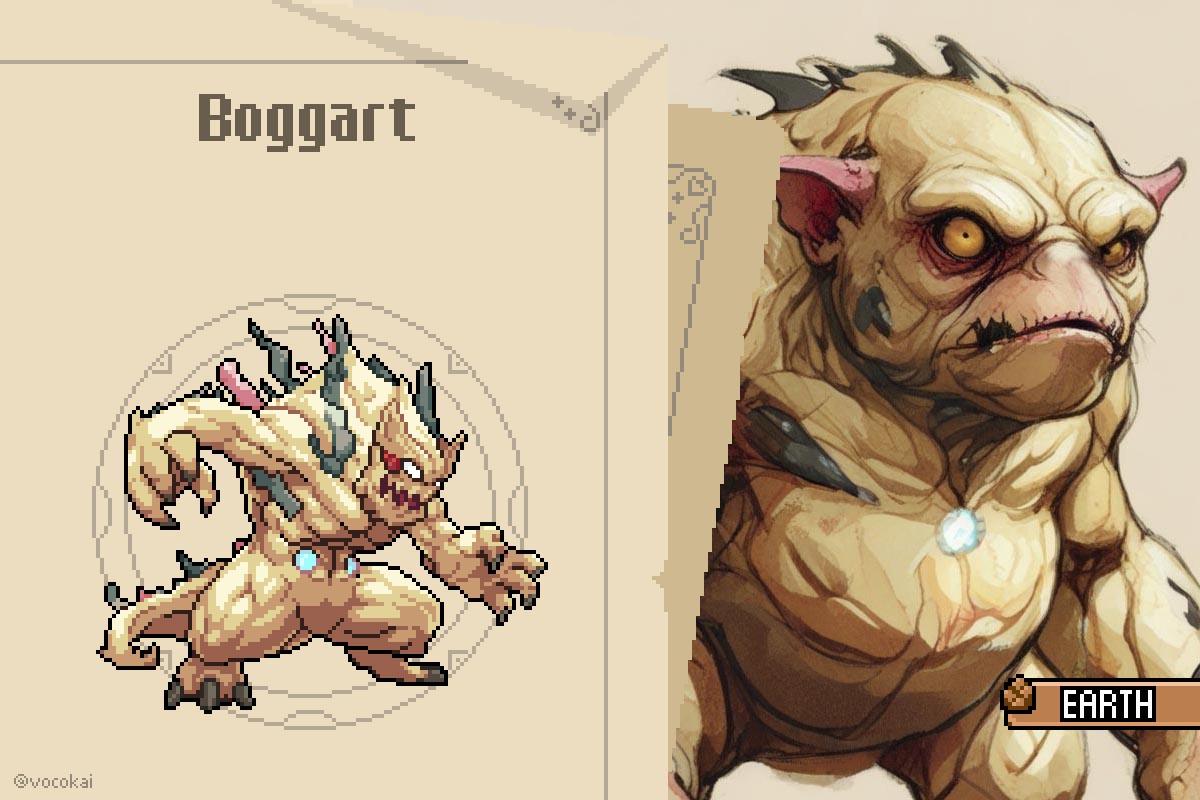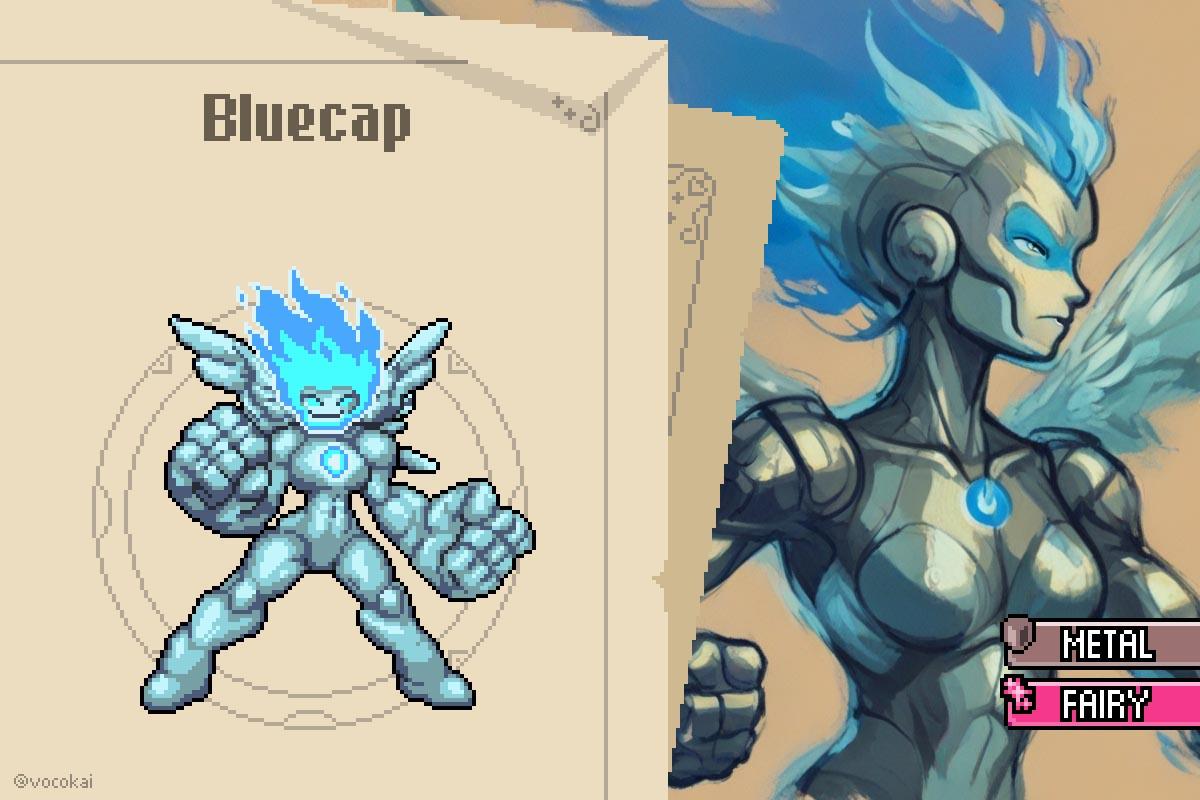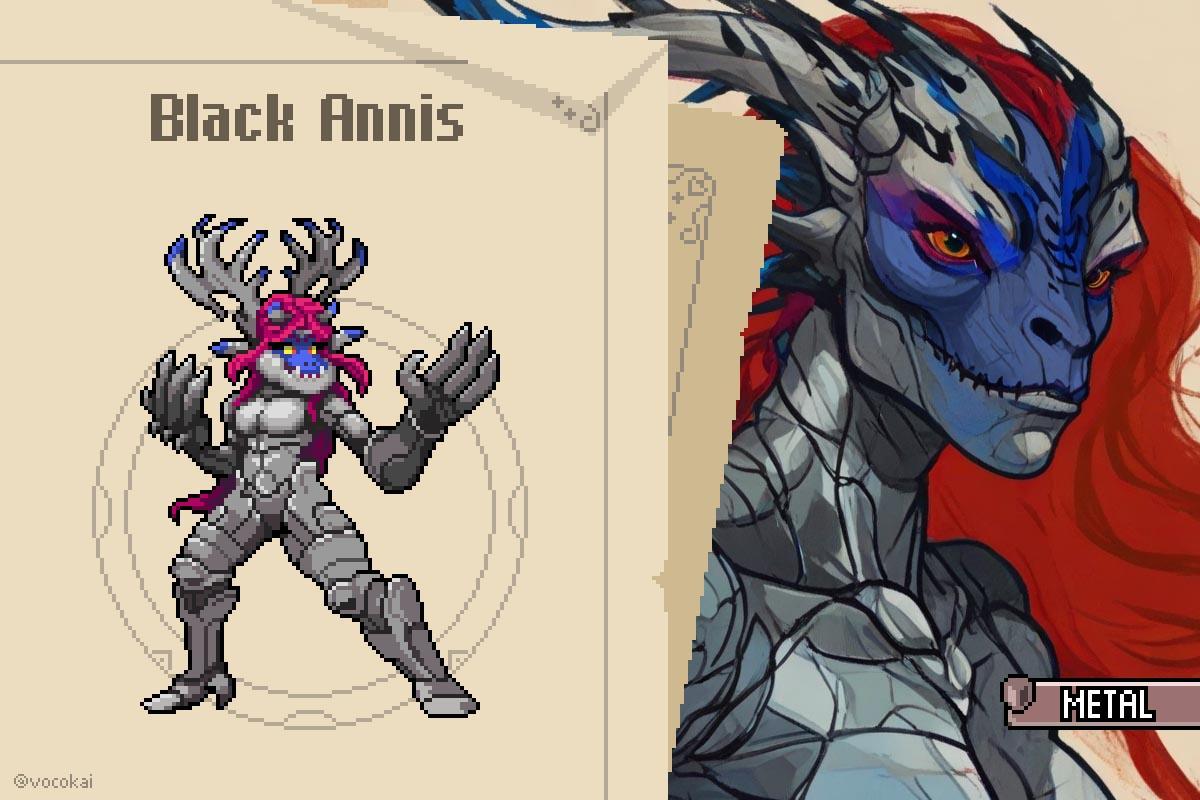Introduction: What is El Coco?
El Coco monster, can have various names such as Cucuy, Cuco, Cuca, Cucu, Cucuí, or El-Cucuí. It is a mythical creature, with demonical and dark characteristics. Certainly, El Coco is from the folklore of Spain and Portugal. As well as by many cultures with Iberian influence. Especially, El Coco legend is akin to the concept of the bogeyman in other cultures.
For centuries, parents of the Iberian Peninsula, and across Latin America, have invoked the ominous name of El Coco. Specifically, with the purpose to ensure good behavior and lull their children to sleep. This mysterious creature, known by various names, threatens disobedient children with the haunting lyrics of Spanish lullaby: “Sleep child, sleep now, or El Coco will come and will eat you.” Despite its widespread popularity, the origins of El Coco monster remain veiled in enigma.
Sleep child, sleep now,
Duérmete niño, duérmete ya,
or El Coco will come and will eat you
Que vendrá el Coco y te comerá
What is El Coco legend and its origin?
The Coco monster is often described as demonic or ghostly. And occasionally, it takes on a more humanoid form. Indeed, its frightening appearance aims to instill fear in children. But where did the El Coco legend begin? In fact, its origins spark much speculation, with recent studies tracing roots back to the Iberian Peninsula.

El coco and the coconut
Some theorists link El Coco to the word “coconut” and associate it with a skull. Specifically, its face, with three holes and a hairy exterior, resembles a monstrous head. Thus, this link to the coconut enriches the legend. Interestingly, in Spanish, “coco” can mean both “coconut” and “head.”
El Coco Legend from Hooded cloaks
In Portuguese culture, the term coca in means headgear. Often refers to black hooded cloaks and shapes El Coco’s ominous image. Especially, the farricocos – shrouded figures with obscured faces – were heralds of the condemned. Altogether, these figures cement El Coco’s chilling aura.
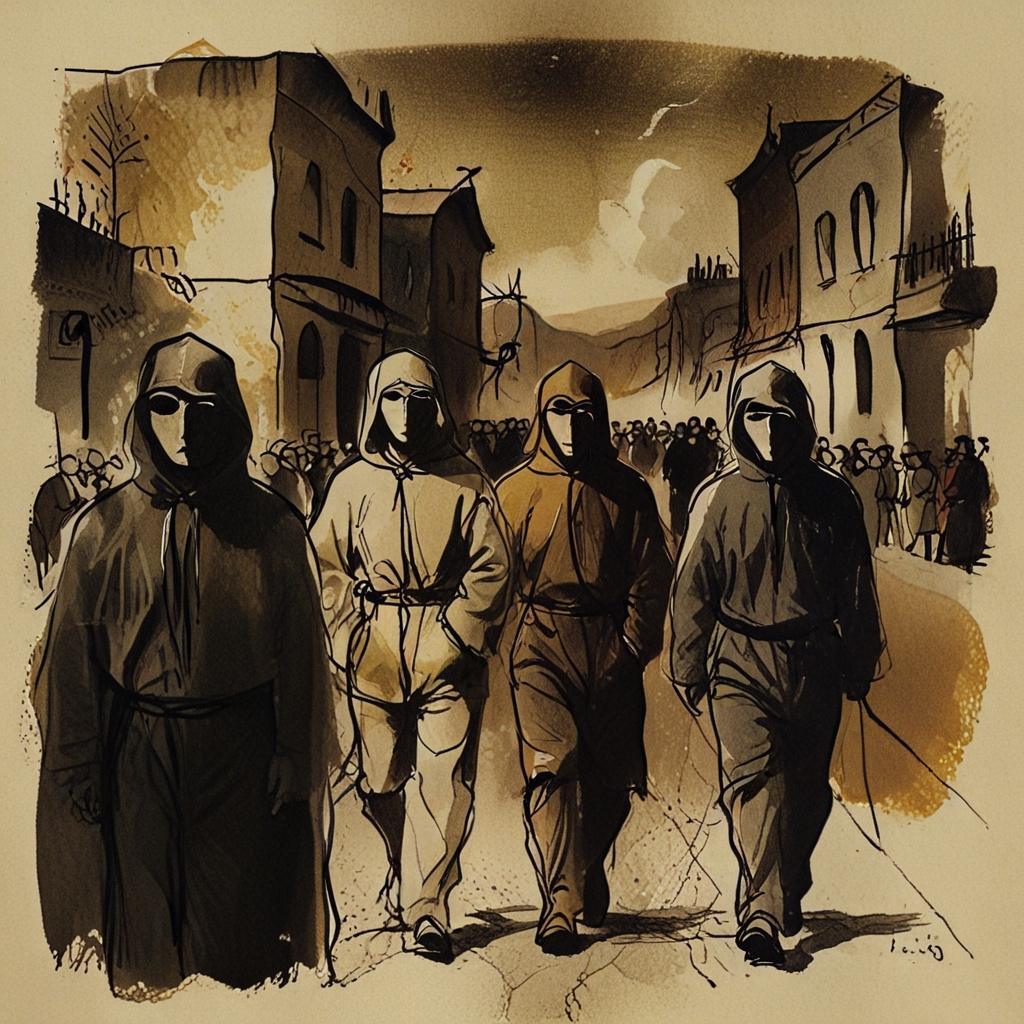

Coco the Dragon
Also, medieval legends in the Peninsula featured dragon creatures as El Coco. In fact, Cuca and Coca are names for dragons in Iberia. So where did the legend of el coco come from? Certainly, some academics posit that El Coco might have sprung from these dragon tales. And they got intertwined with narratives of Saint George. As well as the crafting of makeshift dragons during processions.
El Cucuy meaning – The Boogeyman Monster
Specifically, El Coco’s name and traits vary across regions. It’s known as Cucuy, Cuco, Cuca, or by other local names. Indeed, this flexible nomenclature extends beyond the Iberian Peninsula, reaching into Latin America and beyond. Consequently, children worldwide fear and wonder – is El Coco real? After all, they know El Coco or Cucuy represents fear and compels them to behave.
Despite linguistic differences, El Coco retains a common theme: a mysterious, fearsome entity used to ensure obedience. Finally, El Coco legend has emerged as a potent tool, instilling fear in mischievous children across various corners of the world.


Appereance: What does el Coco look like?
The appearance of El Coco monster is characterized by a fascinating blend of influences.
- Coconut Hairy Ressemblance
- Monstruous Head-Skull
- Dragon-Reptilian traits
- Instill Terror & Discipline
- Coconut Resemblance: El Coco’s appearance is associated with the word “coconut”. This finally shapes El Coco’s visual representation. Specifically, it reflects a hairy and skull-like exterior, similar to a coconut.
- Monstrous Head Skull: The association with a coconut adds an eerie layer to El Coco’s appearance. And with its skull-like shape, it is enhanced its menacing and monstrous presence. Together, this imagery underscores the creature’s mysterious and fearsome nature.
- Dragon-Reptilian Traits: El Coco’s appearance incorporates influences from medieval legends of Portugal and Spain, featuring dragon-reptilian traits. Certainly, these characteristics contribute to the creature’s formidable and mysterious demeanor. Which adds a touch of mythical elements to its overall image.
- Instill Terror and Discipline: The folklore surrounding El Coco monster often portrays it as a malevolent entity. That specially preys disobedient or mischievous children. Thus, this adds a cautionary element to its existence. In essence, the deliberate design of El Coco’s appearance contributes to its role as a cultural symbol.
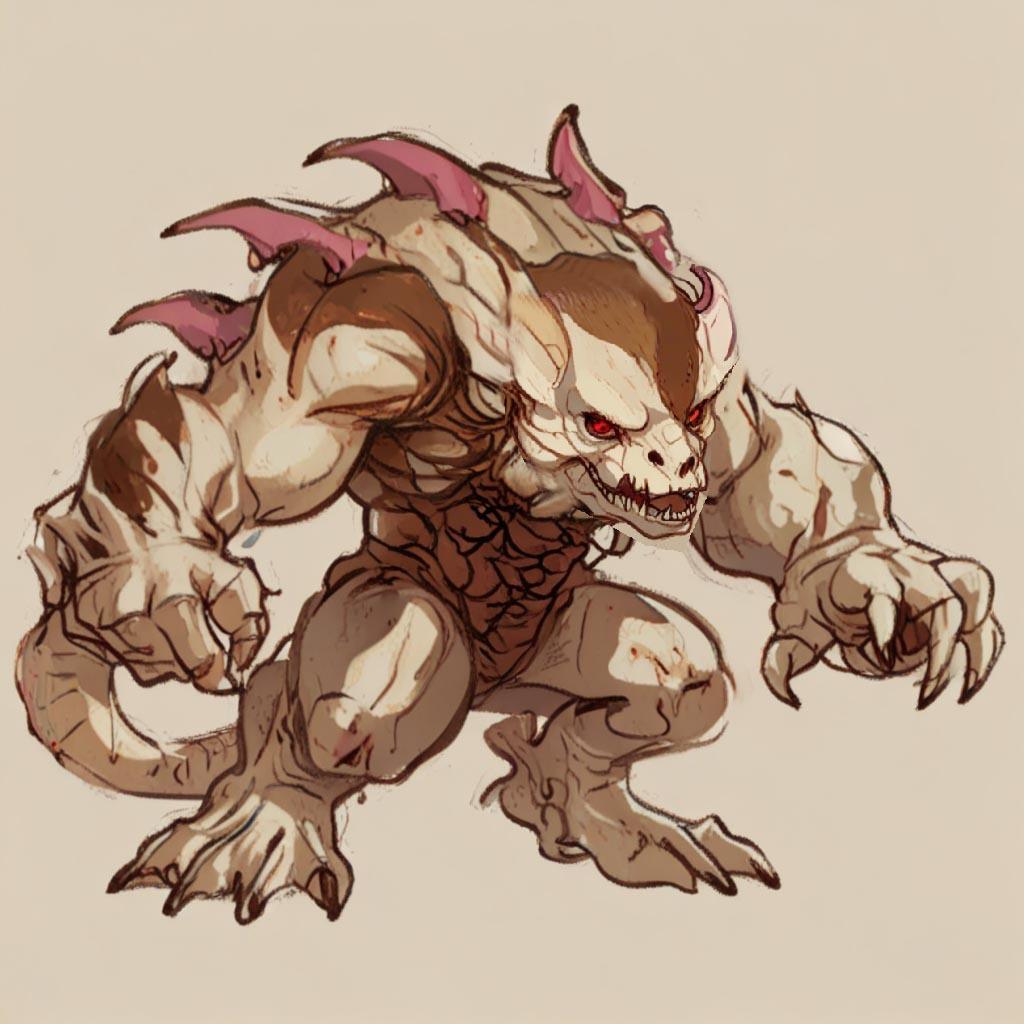
Behavior: El Coco, the bogeyman and child eater
Particularly, El Coco’s personality is deeply woven into the folklore of the Iberian Peninsula and beyond. Above all, it embodies a malevolent and ominous disposition. Often depicted as a nocturnal entity, he is associated with the shadows. Chiefly, El Coco instills fear through its notorious reputation for preying on those who display disobedience or mischief. Correspondingly, this creature’s demeanor is shrouded in mystery, deliberately designed to evoke terror. Finally it serves as a deterrent for unruly behavior.
Furthermore, El Coco’s cunning and stealthy nature, emerging under the cover of darkness, contribute to the pervasive fear associated with its presence. What distinguishes El Coco is its role. More than a mythical being. For instance, it serves as a cultural symbol designed to enforce societal norms and it encourages discipline. Thus, it leaves an enduring impact on the collective imagination across diverse cultural landscapes.
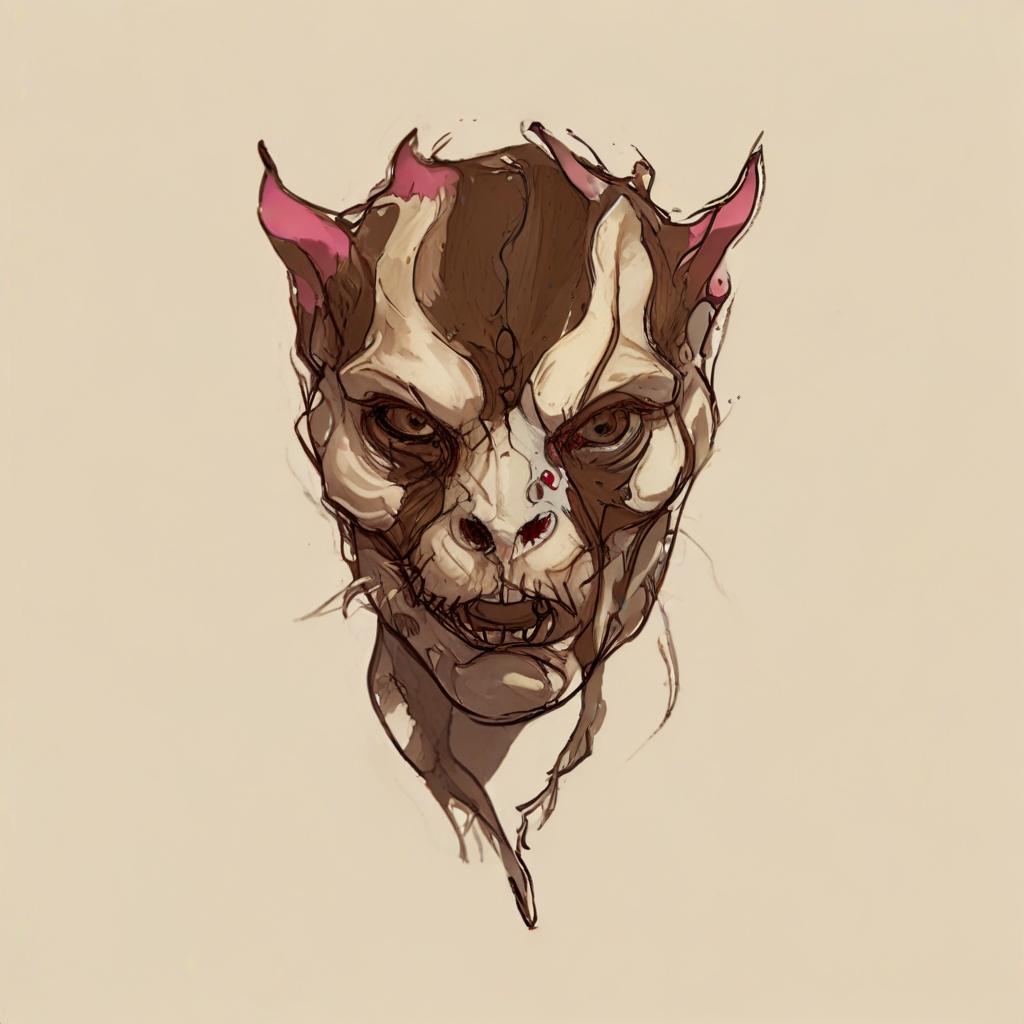
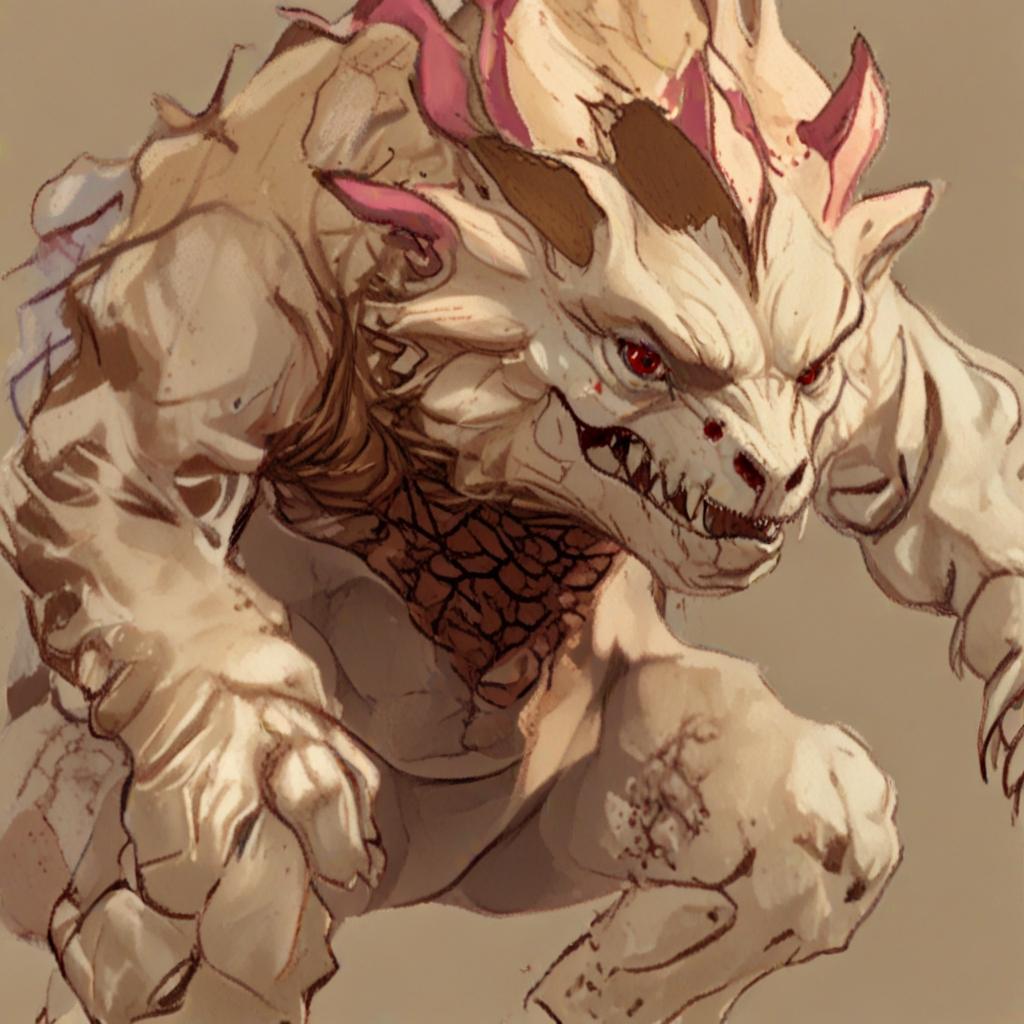
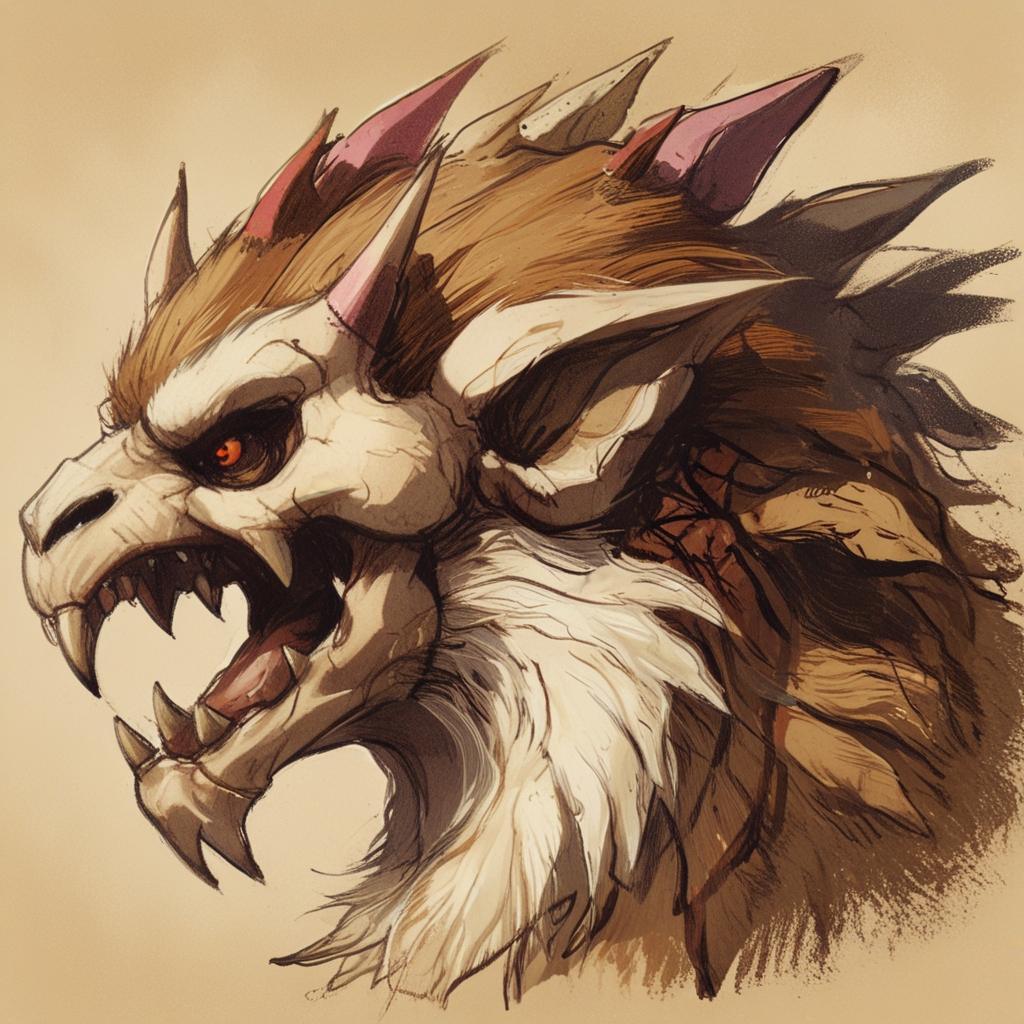
The influence of El Coco Legend
In fact, the influence of El Coco legend has permeated the vast realm of cultural expressions. As a result, it leaves an indelible mark and inspired various artistic works across different mediums. While explicit examples of songs, stories, and writers centered on El Coco may be limited, the cultural impact of this folklore is unmistakable.
One notable example is the haunting lullabies, not only in Spanish but also in Portuguese. For instance, the song “Leave Coca, leave Coca. Go to the rooftop. Let the child have a quiet sleep” captures the eerie essence of El Coco’s. This songs finally shapes the bedtime rituals and childhood fears of diverse communities.
Leave Coca, leave Coca.
Go to the rooftop.
Vai-te Coca, vai-te Coca. Para cima do telhado
Let the child have, a quiet sleep
Deixa o menino dormir, um soninho descansado
In literature, the 15th-century work “Cancionero” by Spanish poet Anton de Montoro provides early glimpses of El Coco’s. With a frightening portrayal that still keeps now. Notably, Montoro’s verses, warning of a dragon guarding the apple tree’s fruit. Foreshadow the ominous character that would later evolve into El Coco, in various cultural narratives.

As the El Coco legend transcends borders, its influence extends to music, literature, and visual arts. Additionally, depictions of the creature are set in paintings, illustrations, and even contemporary media, as artists explore its multifaceted nature. Finally, these creative interpretations contribute to the ongoing cultural dialogue surrounding El Coco. This makes sure its presence is in the collective imagination across diverse cultural landscapes.
FAQ Summary – El Coco Legend
What is El Coco monster?
El Coco is a legendary figure often invoked to frighten children into good behavior. Generally, it is known by various names depending on the region. Including “Cucuy” in Latin America, “Cuca” in Brazil, and “Cocon” in the Philippines. Each name carries regional nuances, but they all share a similar purpose: representing a monstrous entity that preys on disobedient children.
Where is El Coco legend from?
The El Coco legend comes from northern Portugal and Galicia, Spain. Specifically, the name derives from “côco,” a Portuguese and Galician word meaning “coconut,”. Referring to the mythical figure’s skull-like appearance. Over time, this figure spread across Latin America, where it evolved into several cultural variations. Its appearance in Portuguese and Spanish folklore soon traveled with explorers and settlers. Expanding into the folk traditions of many countries.
What does the El Coco do?
El Coco monster serves as a figure of fear. Especially used by parents to encourage children to behave. The monster is said to kidnap or harm those who are disrespectful, lazy, or unruly. This ominous character is rarely detailed in specific actions. It is more based on the fear of its lurking presence than direct descriptions. In various stories, the creature lurks in shadows or hides under beds, waiting to take misbehaving children away.
What is El Coco known for?
El Coco serves as a figure to scare children. Often used by parents to encourage better behavior. The monster is well known for have a bedtime song. This ominous character is rarely detailed in specific depictions or actions. In general, its focus more on the fear of its lurking presence and hunt.
What does El Coco look like?
This figure is often considered a boogeyman-like creature. And el Coco embodies a mysterious terror. Actually, its form varies widely; some depict it as a shapeshifter, while others envision it as a shadowy figure or a skeletal face. Some consider el Coco with a dragon-like figure. Or a giant monster with red fire in its eyes and hairy monster as the coconut (also called coco in Spanish). Its indistinct appearance adds to its eerie nature, allowing imaginations to fill in the terrifying gaps.
What does El Coco do to its victims?
El Coco’s effect on its “victims” typically involves psychological fear rather than physical harm. The creature’s threat lies in its ability to scare children into submission. Tales of El Coco might include its taking away or “disappearing” children. Often vanishing them into a dark unknown. This symbolic punishment keeps it rooted as a figure of eerie discipline across generations.
Did you like this article of El Coco Legend? Discover more mythological creatures in our Creatures blog.
In addition, if you also like RPGs and Monster Taming games. Such as Digimon, Pokemon, Temtem, Dragon Quest… Please check our game Vocokai main page. Also can find more info of the project here. Vocokai is a classic RPG game developed by Aoying. This games allows you to hunt and control mythological creatures of different cultures around the world. While you advance in a post-apocalyptic story bounded with many historical and mythological events from the past.

